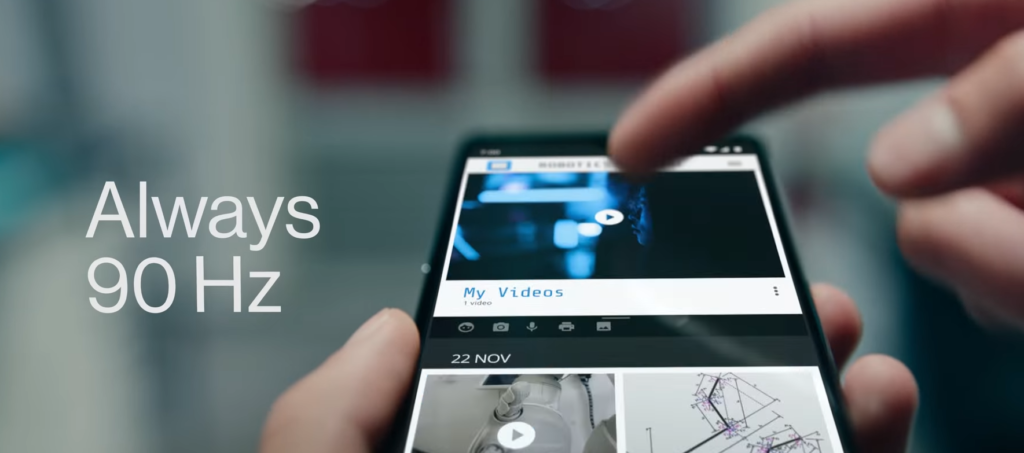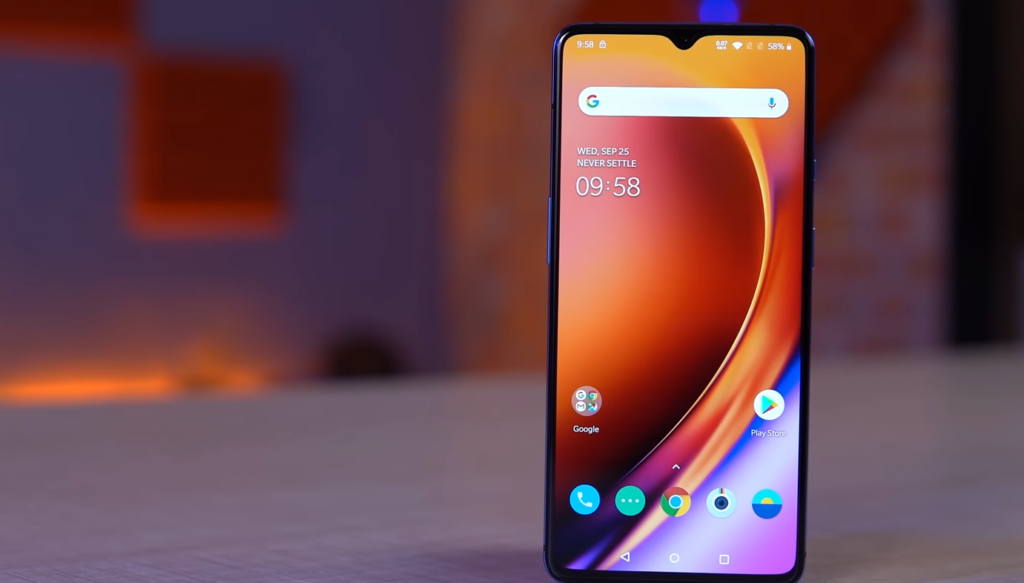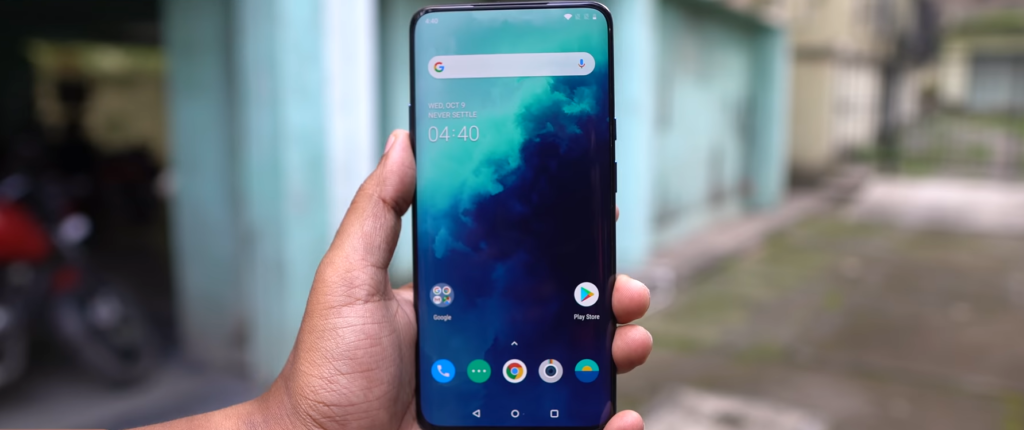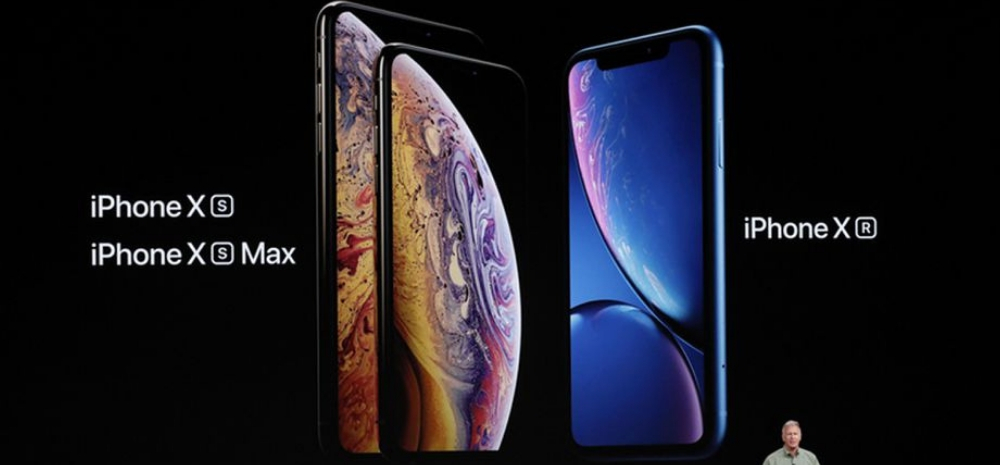90Hz & 120Hz Displays: How They Work & Why You Need To Know This!
Many smartphone manufacturers are dropping 60Hz displays to embrace the latest higher refresh rate displays, but how does that help? How does a higher refresh rate make a display better? Does it even bring in any difference, or 90Hz and 120Hz displays are just a gimmick?

All your questions answered here.
The current OnePlus smartphones come with 90Hz displays, iPhone XS, XS Max have 120Hz displays refresh rate and now Oppo, Realme, Asus and other smartphone companies are working on similar displays. Xiaomi is also working on a 120Hz display for an upcoming flagship.
So, how does these 90Hz and 120Hz display work?
Contents
Display Refresh Rate: What Is Refresh Rate?
It’s basically the number of times a smartphone display refreshes while being used. To put it in simple words, the refresh rate measures how many times your smartphone display refreshes an image in one second. The refresh rate is measured in terms of Hz. Higher the refresh rate, the smoother the display.

As you read this article, if you just scroll down, you can see how fast the screen is refreshing to reach to the next spot.
Now if you are seeing a photograph, it’s static. It doesn’t move unless you do something.
Here the smartphone display is redrawing the same picture. The smartphone will be able to push the same frame the number of times every second as the refresh rate i.e 60 times for a 60Hz display, 90 times for a 90Hz display and 120 times for a 120Hz display.
Higher Display Refresh Rate: What Is 90Hz / 120Hz Display?
Currently most of the smartphone displays available in the market come with standard 60Hz refresh rate. So, the 90Hz display will just have a higher refresh rate, and it will be able to refresh a single static image for 90 times every second.
This adds up your overall viewing experience, as the refresh rate increases per second.
Similarly for a 120Hz display, the refresh rate will double up compared to the current smartphone displays. Hence, the refresh rate will be twice of what you experience on any smartphone now.
Hz vs FPS: Refresh Rate And FPS Are Same?
No, they aren’t. Refresh rate is simply how many times the screen is refreshing in one second, while FPS is the count of how many frames are being pushed to the display every second. Refresh rate refers to a static image and FPS is related to videos.

FPS measures how smooth a device can run videos. It’s just how much content you run on a smartphone screen, be it a video or a game.
While they are very different from any nature, there’s a connection between FPS and screen refresh rate.
Supposedly you are watching Sacred Games on Netflix, and the video has been shot and edited at 90 frames per second (FPS). Here the 90Hz display or 120Hz display will be able to push all frames due to similar refresh rate. The 60Hz display can also run the same video, but not the way a 90Hz or 120Hz display will do.
60Hz vs 90Hz Display: How 90Hz / 120Hz Displays Make A Difference?
Yes, they do make a big difference. Until you use a smartphone with a 90Hz display, it’s difficult to explain the experience in words. Like if you are playing a high-end graphically extensive game or HQ video at 90fps on 90Hz refresh rate panel, you can experience the difference.

A display with a lower refresh rate, like the current ones with 60Hz refresh rate will not be able to push in all the frames per second.
Now in case there’s any content being shot and edited on 60fps, then a 90Hz or 120Hz screen will simply switch to 60Hz refresh rate or duplicate some frames to offer a superior experience. You can switch between different refresh rates on a higher display with higher Hz.
Does 120Hz / 90Hz Displays Offer Better User Experience?
Yes, they do. Once you use a 90Hz display, you will straightaway find the differences. The experience is very smooth, while the graphics and animations are crisp. When you scroll or go through feed, or even simply use the browser or settings menu, you will notice the differences.
If you scroll through Facebook or Instagram, the content on your screen will flow up and down smoothly.

But that’s the same as 60Hz screen? So how a 90Hz or 120Hz display add in?
A 120Hz display or 90Hz display will subsequently bring down the amount of FRICTION.
To explain it in simple words, it’s like the difference when you are trying to roll something on a polished and rough surface. In both places you can roll it, but the polished surface will help you to push it better and without much effort. That’s the same experience on a 90Hz and 60Hz smartphone screen.
120Hz / 90Hz Displays: Are There Any Drawbacks?
Not really. The only big drawback is the battery consumption. But that’s marginal. Higher refresh rate takes up more battery, but again that’s not something which will hamper the battery output or standby time. Also, only a handful of content is currently available on 90Hz.

Most of the videos and games push only 60 frames per second.
But in that case, you don’t need to worry about the battery. Whenever any content is being played in 60Hz, the 120Hz or 90Hz display will simply switch to the refresh rate. The phones will automatically switch to 60Hz refresh rate while you watch any such 60Hz video or play 60Hz game.
Touch Refresh Rate vs Display Refresh Rate: Does 90Hz Displays Have Higher Touch Reception?
Yes, they are related. TRR is the speed at which a smartphone display can register a touch and respond. How fast the smartphone responds to a touch and render to the next frame, that’s touch refresh rate.

Supposedly the touch refresh rate and the display refresh rate are same, then the animations will render in one interval.
But in the case of a 90Hz or 120Hz display, the touch refresh rate here is higher at 90Hz or 120Hz. It will smoothen up the animations and make the overall snappy and smooth. As a result, your smartphone screen will become more responsive.

Comments are closed, but trackbacks and pingbacks are open.